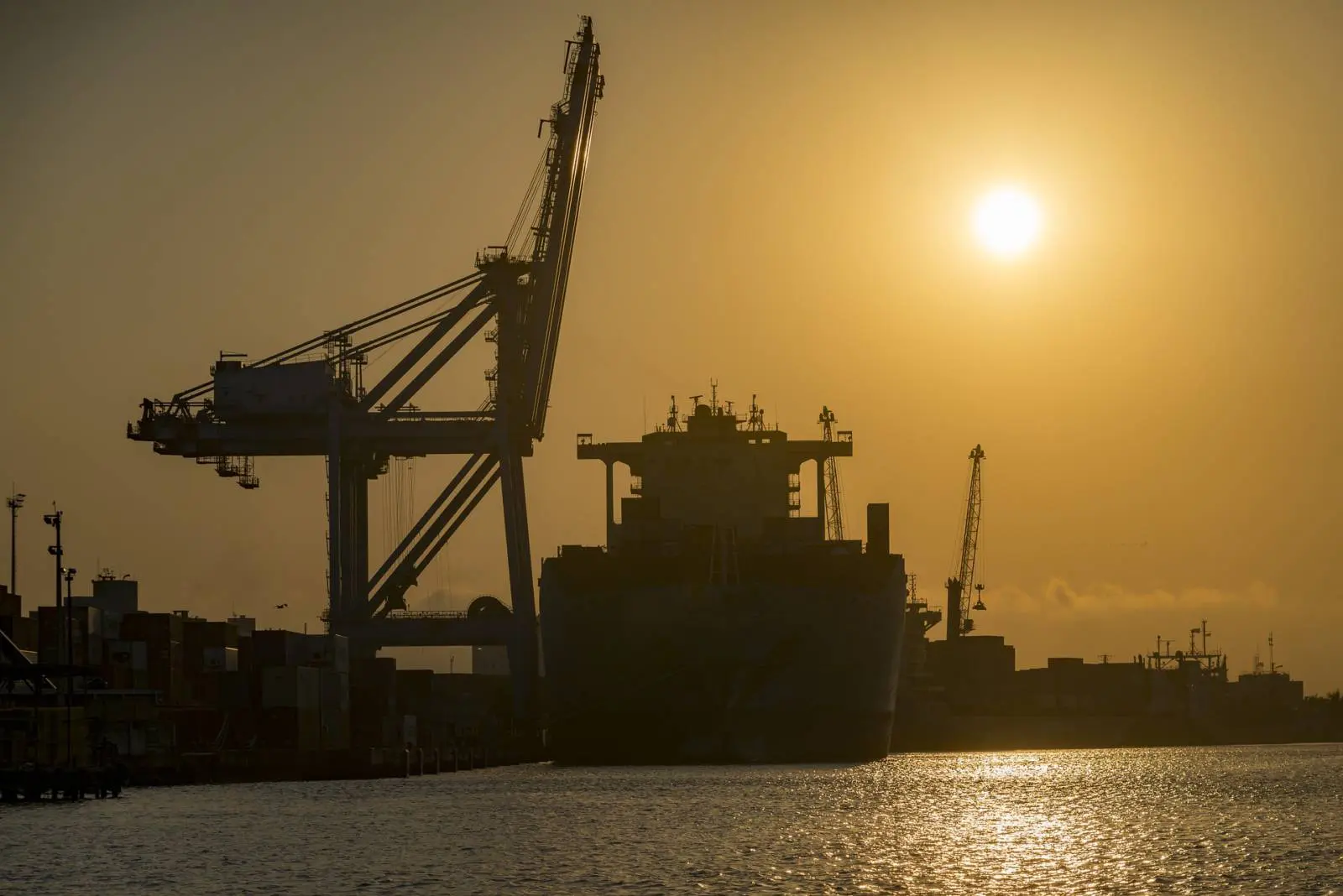Nowhere is the impact of increasing Brazil soybean exports felt more than the “Northern Arc.” Brazil is the largest soybean exporter and second largest corn exporter in the world, thanks in part to new export facilities in what is called the northern arc of ports on the Amazon River and along the northern Atlantic Coast of Brazil. The U.S. Department of Agriculture’s (USDA) Foreign Agricultural Service (FAS) defines Brazil’s “Northern Arc” as an area that consists of river and ocean ports in the north and northeast regions of Brazil. These ports are primarily located along the Amazon River, Tapajós River, and the Atlantic coast. It includes ports in the cities of Bacarena/Belem, São Luis, Recife, and Salvador. It also includes river ports in the cities of Porto Velho, Manaus, Santarem, and Miritituba.

The northern arc of ports is allowing Brazil to increase its grain export capacity without the traditional long delays in getting the grain to the southern ports or long lines of vessels waiting to load. According to the National Grain Exporters Association (Anec), the amount of grain exported out of Brazil’s northern arc of ports could reach 35 million tons in 2019. Over the last five years, the amount of grain exported from Brazil’s traditional southern ports increased 16% while exports out of Brazil’s northern ports increased more than 300%.
ADM, Bunge, Cargill, Louis Dreyfus and others have invested billions of dollars in barging and port facilities to move soybeans and corn produced in Mato Grosso down the Amazon River to export facilities. One of the major improvements has been the construction of barging facilities at the Port of Miritituba on the Tapajos River, from which grain is barged down the Amazon River to export facilities near the mouth of the Amazon River. For example, FAS reported that Miritituba, a small city on the Tapajós River, has received over 1.5 billion dollars in investments since 2014 and is home to six new privately owned terminals that use barges to move commodities along the river.
According to international hydropower association (iha) 2019 Hydropower Status Report, “Brazil has the largest installed hydropower capacity in South America, and comprises two-thirds of the continent’s installed capacity, at 100,273 Megawatt (MW). The sector makes up 64% of total Brazilian energy capacity and meets more than three-quarters of electricity demand.” In 2018, “Brazil has now overtaken the United States as the second largest producer of hydroelectricity by installed capacity, after 3,055 MW was put into operation last year at the 11,000 MW Belo Monte complex in the country’s northeast.” In 2017, Brazil added 3,866 MW of hydroelectric power. Many plans for Brazil’s electrical grid use to focus on building hydroelectric dams in the Amazon Basin. According to iha, “The 11,200 MW Belo Monte project, in northern Brazil, could be the country’s last mega project.”

Historically, Brazil’s farmers and agricultural sector were for increasing the hydropower electrical supply. The increased use of the waterways for grain and soybean exports has made the transportation cost of building dams more significant, which has shifted farmer’s attitudes about hydropower. Also, many of the older dams did not install appropriate locks, which is hindering the efficiency of barge transportation. The older dams need to be installed with new locks or be removed if Brazil’s goals of lowering truck pollution and transportation cost are to be fully realized. The fact the northern arc of ports is successful to the point of altering Brazil’s electrical grid plans should be concerning to the U.S. farmer.
